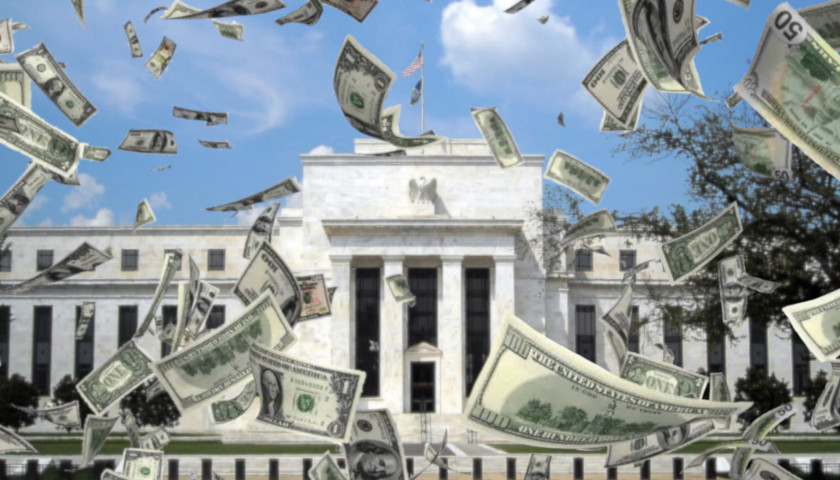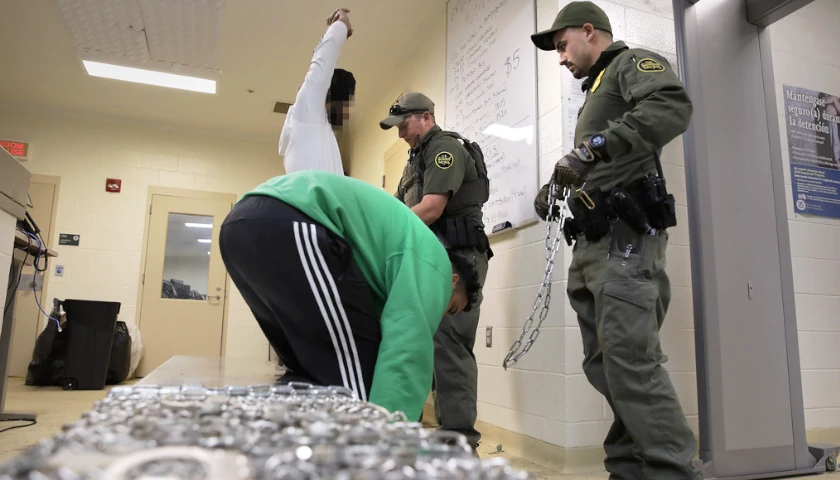by Casey Harper
Federal debt soared by $1.4 trillion in 2022 as President Joe Biden and Congress approved multiple new spending packages.
The Congressional Budget Office released the final details of federal spending in 2022 showing the federal government had a $1.4 trillion deficit last year, borrowing roughly $82 billion in December alone.
“This is not a pretty picture no matter how you look at it,” said Maya MacGuineas, president of the Committee for a Responsible Federal Budget. “There are times to borrow – like during a pandemic or major recession – and there are times where we should ratchet down the borrowing, like now when the economy is strong and inflation is hot.”
MacGuineas pointed out last year’s borrowing totals more than $10,000 per household and $4 billion per day.
The federal debt surpassed $31 trillion in the fall.
The higher debt was fueled in part by a rash of several trillion dollars in additional spending bills since Biden took office. Initially, that spending received broad support as a response to the pandemic, but later bills received more opposition from Republicans.
Biden has touted a reduction in the deficit last year from $2.8 trillion to $1.4 trillion. While that is true, the $1.4 trillion figure is still much higher than when he took office. In 2019, the budget deficit was less than one trillion dollars.
“We need a fresh start in 2023 for how we budget, spend, and borrow,” MacGuineas said. “Members of Congress who are serious about the fiscal health of the nation should commit to passing a budget, not engaging in new borrowing, and coming up with a reasonable package of savings to help bring our debt down.”
Without changes, the debt and deficit future looks bleak. The Congressional Budget Office released its economic outlook for the next decade last summer and projected record high debt levels compared to the nation’s Gross Domestic Product.
“CBO projects that the federal budget deficit will shrink to $1.0 trillion in 2022 (it was $2.8 trillion last year) and that the annual shortfall would average $1.6 trillion from 2023 to 2032,” CBO said. “The deficit continues to decrease as a percentage of gross domestic product (GDP) next year as spending related to the coronavirus pandemic wanes, but then deficits increase, reaching 6.1 percent of GDP in 2032. The deficit has been greater than that only six times since 1946.”
– – –
Casey Harper is a Senior Reporter for the Washington, D.C. Bureau of The Center Square. He previously worked for The Daily Caller, The Hill, and Sinclair Broadcast Group. A graduate of Hillsdale College, Casey’s work has also appeared in Fox News, Fox Business, and USA Today.
Photo “Federal Reserve” by AgnosticPreachersKid. CC BY 3.0.





